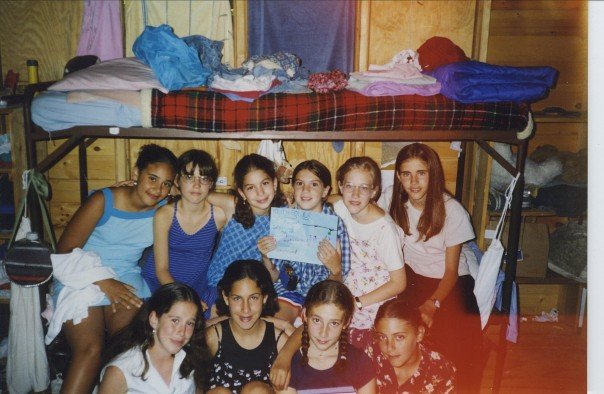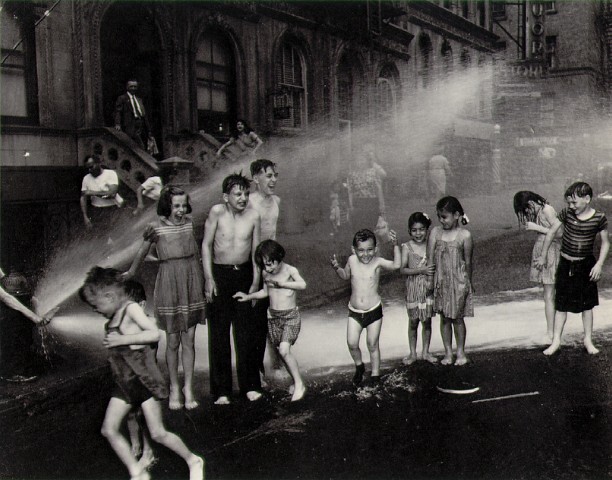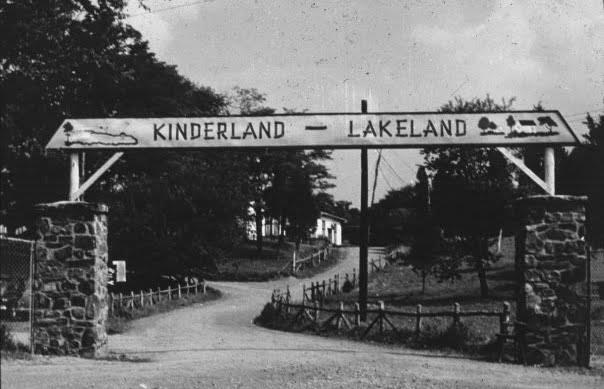Blog Archive
Summer Camp: Bug Bites, Sunburns, and Yiddish!
During steamy Manhattan summers, many of us dream of escaping the scalding sidewalks and fragrant New York City garbage to landscapes void of skyscrapers. The residents of 97 Orchard Street also felt this way during the sweaty summer months in the tenements.
For immigrant families who did not have the money for private summer homes in the countryside of Westchester or the Adirondacks, the answer was communal vacationing. Families escaped to the Catskills and Poconos for fresh air and community bonding. In the 1920’s and 1930’s, many summer camps sprung up in these rural areas. These camps were the original sleep away camps.
Groups of like-minded immigrants could pool money to rent or purchase a small piece of land not only to provide an escape from the poorly ventilated and very warm tenements during the hottest months, but to create a space for families where they could escape the pressures they felt in their everyday lives to become Americanized and instead, to focus on their cultural traditions. Ever since their inception, summer camps have been deeply rooted in the social culture of the Northeast.
I attended one of these camps for most of my life. Camp Kinderland was founded in the Catskills in 1923 by a group of Eastern European Jewish immigrants hailing from the tenements of the Lower East Side. Like many of their neighbors, these families were active in a community that was involved in the fights for the rights of immigrants, workers, and women.
Escaping to the foothills of the Catskills not only allowed the families to get fresh air, but it allowed them to socialize with like-minded individuals, and pass these ideals on to their children. They were also able to speak and foster Yiddish – a language fused from Hebrew, German, and Slavic vocabulary – the primary language of the Ashkenazi Jewish immigrants. They lived communally, sang folk songs that illustrated their histories and hardships, created deep bonds and fell in love, and enjoyed the escape from the crowded and dismal tenements.

Camp Kinderland c.2010, in Tolland, MA, is a second home for many families descended from the Jewish immigrants of the Lower East Side
Today, Kinderland is in the Berkshires rather than the Catskills, but it still attracts the descendants of the immigrants of these tenements. While there remains a focus on teaching social justice and secular and cultural Judaism, the original intensity behind this focus has diminished. The Yiddish once spoken in every bunk has faded. When I was a young camper we still had a “Yiddish word of the day,” but now even that has disappeared. Although some of these assimilative qualities remain, camp is still about living communally in a bunk of your peers, doing arts and crafts, and swimming in the lake.

The Tenement Museum's Rachel is the excited camper third from the left in the top row in this photo from Camp Kinderland in 1997.
We still sing folk songs, fall in love, create lifelong friendships, and escape our daily lives. And we still honor our immigrant ancestors who lived on the Lower East Side and escaped the city in the summers, creating a utopia for those to come.
– Posted by Rachel Birch

